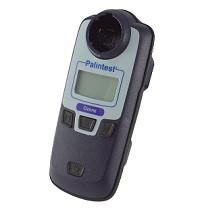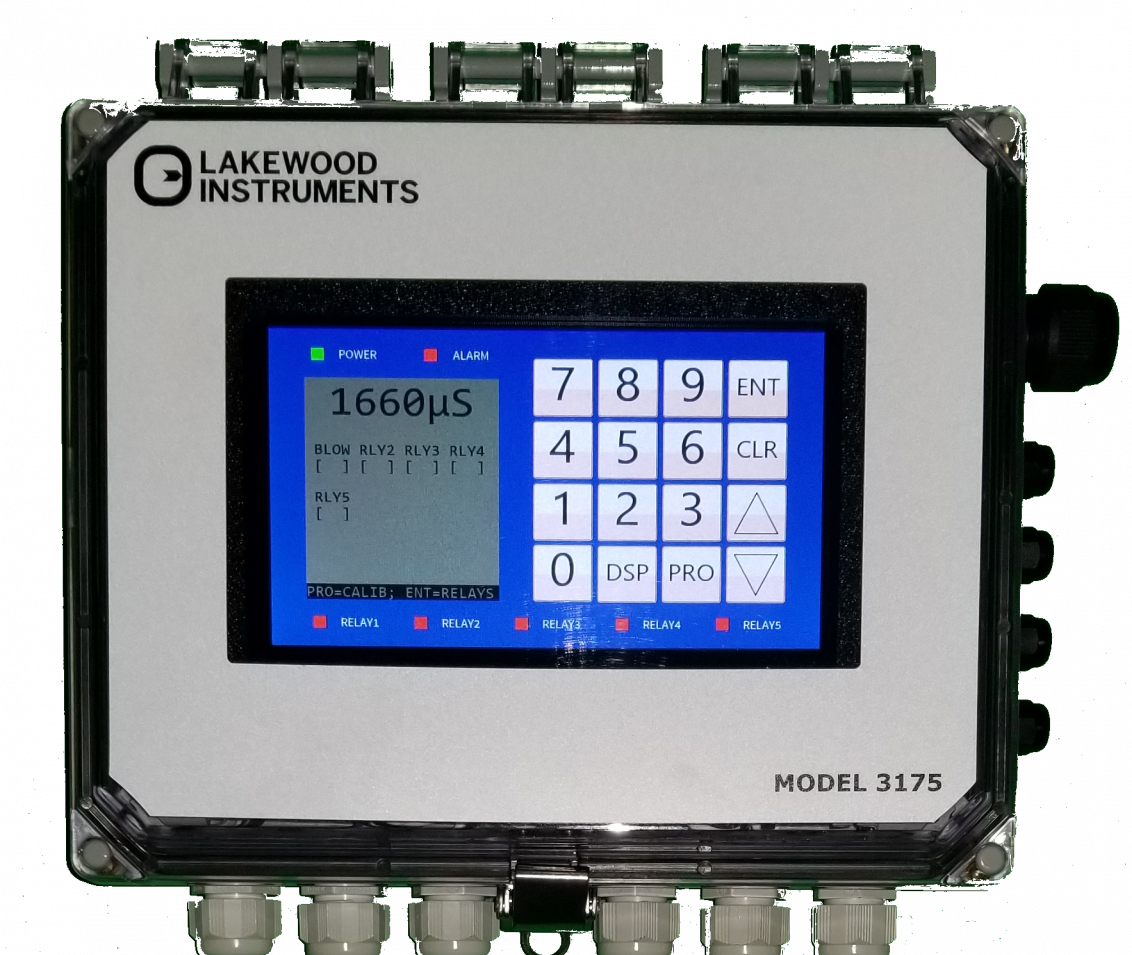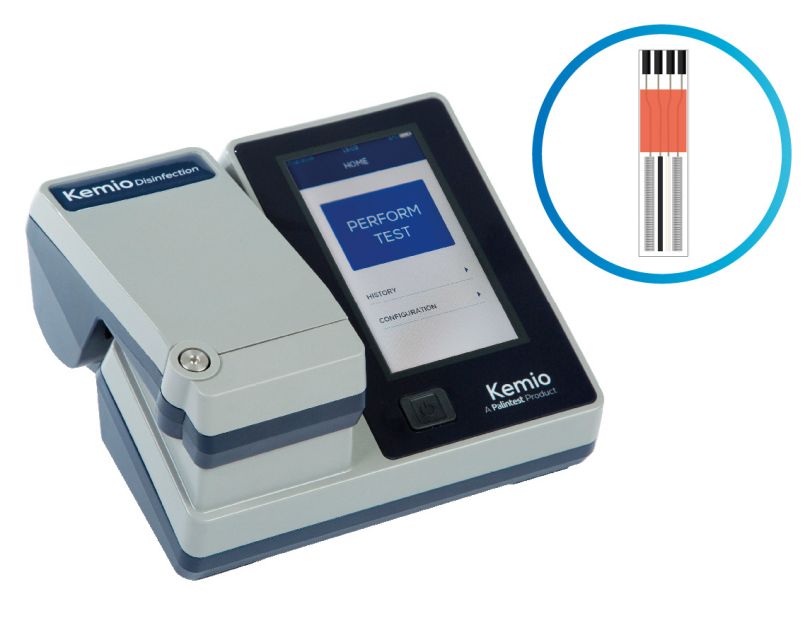Does Ozone kill viruses ?
April 28, 2021 0 Comments

Summary
The new SARS-CoV-2/COVID-19 emergency has imposed new disinfection and sanitation measures of work environments also to beauty and health professional workers and in this context ozone shows growing interest. Ozone has proven to be highly effective in killing bacteria, fungi, and molds and inactivating viruses both on the surfaces and suspended in the air. Ozone is proven to be effective also for the inactivation of the SARS virus, while for the novel SARS-CoV-2 it is supposed that it be equally effective but specific studies are needed.
Main
Following the health emergency regarding the new SARS-CoV-2/COVID-19 to limit its spread, the sanitization of environments, devices, and objects has become imperative, in addition to individual protection and prevention measures. This applies not only to the clinical, industrial and public sector but also to beauty and health professionals and their work environments, i.e. beauty centers (beauticians, hairdressers, make-up artists), gyms (personal trainers, slimming professionals), professional ambulatories or functional rehabilitation centers (physiotherapists, physio-aesthetic specialists and non-invasive aesthetic medicine operators).
Numerous disinfection and sanitization methods, including heating sterilization, ultraviolet germicidal irradiation (UVGI), and chemical disinfectants, have been proposed for work environments and surfaces but also for all kinds of fomites, including furniture, work devices, non-disposable work tools, and clothing to prevent and eradicate the spread of the new coronavirus responsible of the SARS-CoV-2 related-disease. Among these, in recent months, there has been particular attention to devices that generate ozone for this purpose and so it is useful to ask if ozone can also be effective on the novel SARS-CoV-2.
Ozone is a gas formed by molecules made up of 3 oxygen atoms (O3) and has the characteristic of being a powerful oxidizing agent. Thanks to this property it has proven to be highly effective in killing bacteria, fungi and molds and inactivating viruses.
Ozone can, therefore, be used for the treatment of potentially contaminated surfaces, water, and ambient air thanks to its powerful germicidal effect on a wide spectrum of microorganisms, while it has been shown that on porous materials, such as textiles, it is less effective, unlike disinfection with UV lamps (UVGI) that are more effective on these materials (Fig. 1). Recently, it was reported that ozone treatment can be also a widely accessible and effective method for the disinfection of personal protective equipment (PPE) for both healthcare workers and patients for safe re-use in times of shortage.

Disinfection and sanitization methods: differences between ozone, UV light and chemical disinfectants. The figure shows the main differences between ozone and UV light sanitization.
Ozone created by various kinds of devices, such as ozone generators or electrostatic air purifiers, can reach every corner of the environment of a single room or a larger space, depending on the device, without leaving any poisonous residue. The effectiveness of ozone in treating microorganisms, especially bacteria and viruses is related to various factors, i.e. ozone concentration, the temperature of the environment, humidity of the environment and exposure time (Fig. 2).

Effective ozone parameters on the microorganisms. The figure shows the ozone concentration (ppm) and time exposure (minutes) necessary to reduce the microbial load by 99%.
It was shown that after 30 seconds of in vitro direct exposure to ozone, 99 percent of the viruses are inactivated. Although this evidence is of considerable importance, outside of the laboratory models, there are various parameters that influence the time required to obtain the same result. First of all, it was seen that the inactivation of 99% of viruses by ozonation requires its spread at concentrations higher than those necessary for the bacteria. A longer exposure time, about 30 minutes, is necessary for the treatment of the surfaces of the environment (surface viruses), while for any viral particles suspended in the air (airborne viruses) 8-10 minutes are enough to remove 99.9% of them. Viruses in water are more susceptible to ozone inactivation and short contact time, about 1 min or little more, are sufficient to inactivate 99% of them.
Virus inactivation is complicated by two factors. The first is the presence or not of an envelope: in fact, it seems that enveloped viruses are more sensitive to ozone than naked viruses. The second factor is that highly related viruses may exhibit different response kinetics to the same biocide due to the variation of structural or genomic components. However, ozone has been shown to cause the inactivation of viruses by affecting various molecular targets.
Capsid surface proteins, as well as membrane receptors present on enveloped viruses, are the first targets of ozone because it reacts directly with amino acids and functional groups of proteins. This leads to various consequences both on the structure of the virus, which is compromised, and on its infectious capacity because the specific viral receptors used by the virus to bind to host cells and invade them are altered. Furthermore, ozone damages the membranes of the enveloped viruses through peroxidation of phospholipids and generating numerous reactive oxygen species (ROS) capable of damaging also other viral macromolecules. In addition, ozone can inactivate viruses by causing damage to their genetic material, both DNA and RNA. The main mechanisms by which ozone acts on viruses, therefore, are due to the direct oxidation of various molecules and, indirectly, with the generation of ROS.
Ozone was shown to be highly effective to inactivate the SARS virus, in fact, it shows an inactivation rate not lesser than 99%. The novel SARS-CoV2 (2019), an enveloped virus like all other coronaviruses, shows 80% of genome sequence similarity to SARS-CoV (2002) and this suggests that ozone could be equally effective also on the novel coronavirus.
In conclusion, although the existing scientific literature supports the effectiveness of ozone in the inactivation of viruses, there are very few studies about it on the SARS virus e not still a single study about its efficiency of inactivation on SARS-CoV-2. Therefore, in the absence of scientific literature, it is possible to assume that ozone is equally effective in inactivating SARS-CoV-2, however specific studies must be conducted to know also the ozone dose and effective exposure times.
Acknowledgements
Funding sources: this research did not receive any specific grant from funding agencies in the public, commercial, or not-for-profit sectors.
ABBREVIATIONS
| COVID-19 | coronavirus infectious disease 2019. |
| SARS | severe acute respiratory syndrome. |
| SARS-CoV | severe acute respiratory syndrome coronavirus (2002). |
| SARS-CoV-2 | severe acute respiratory syndrome coronavirus 2 (2019). |
Read original article here!
Also in Blog

Advanced Cooling Tower Management: Enhancing Efficiency with Lakewood Model 140
February 28, 2024 0 Comments

Optimizing Cooling Tower Performance: Understanding Efficiency, Maintenance, and Water Quality Management
February 28, 2024 0 Comments

Revolutionizing Water Analysis: Everything You Need to Know About the Kemio KEM10DIS
April 19, 2023 0 Comments


